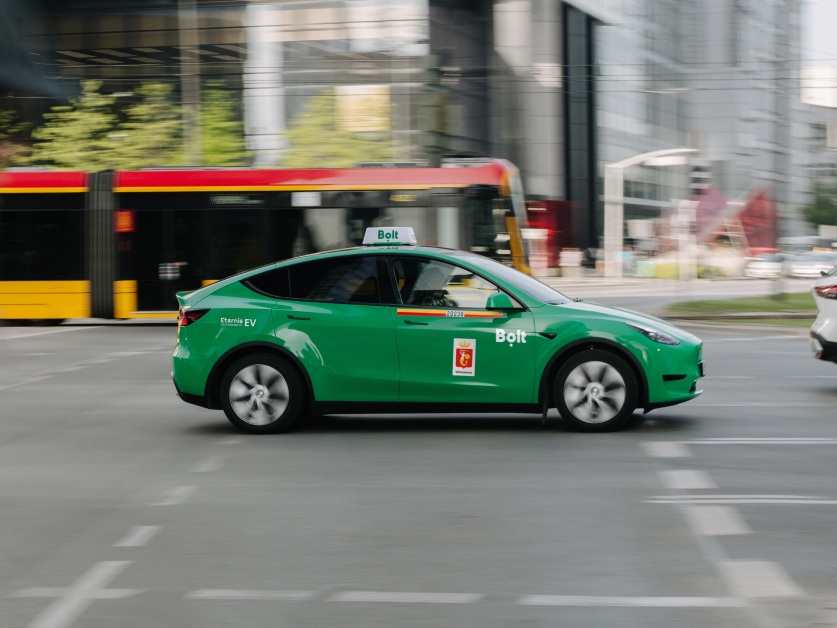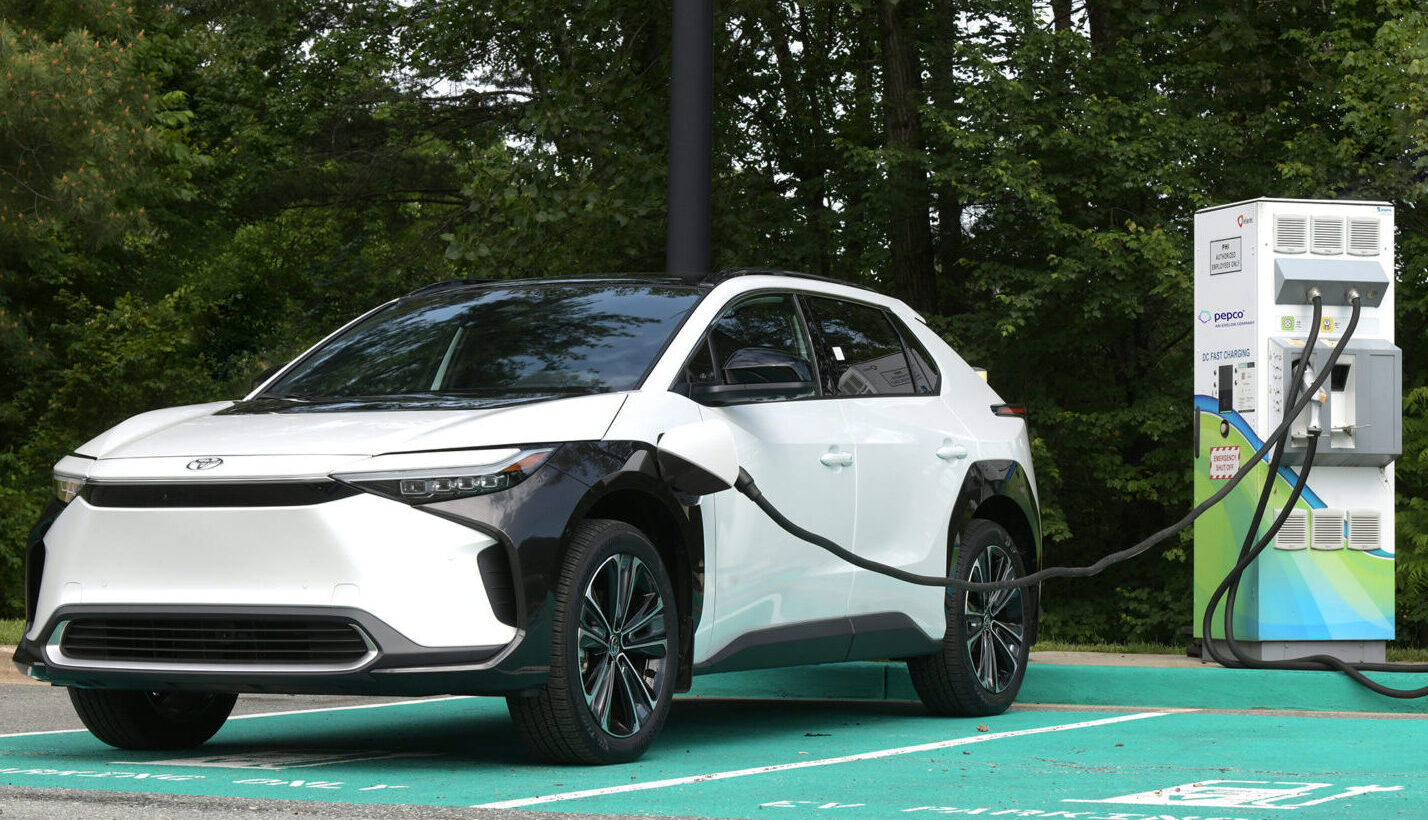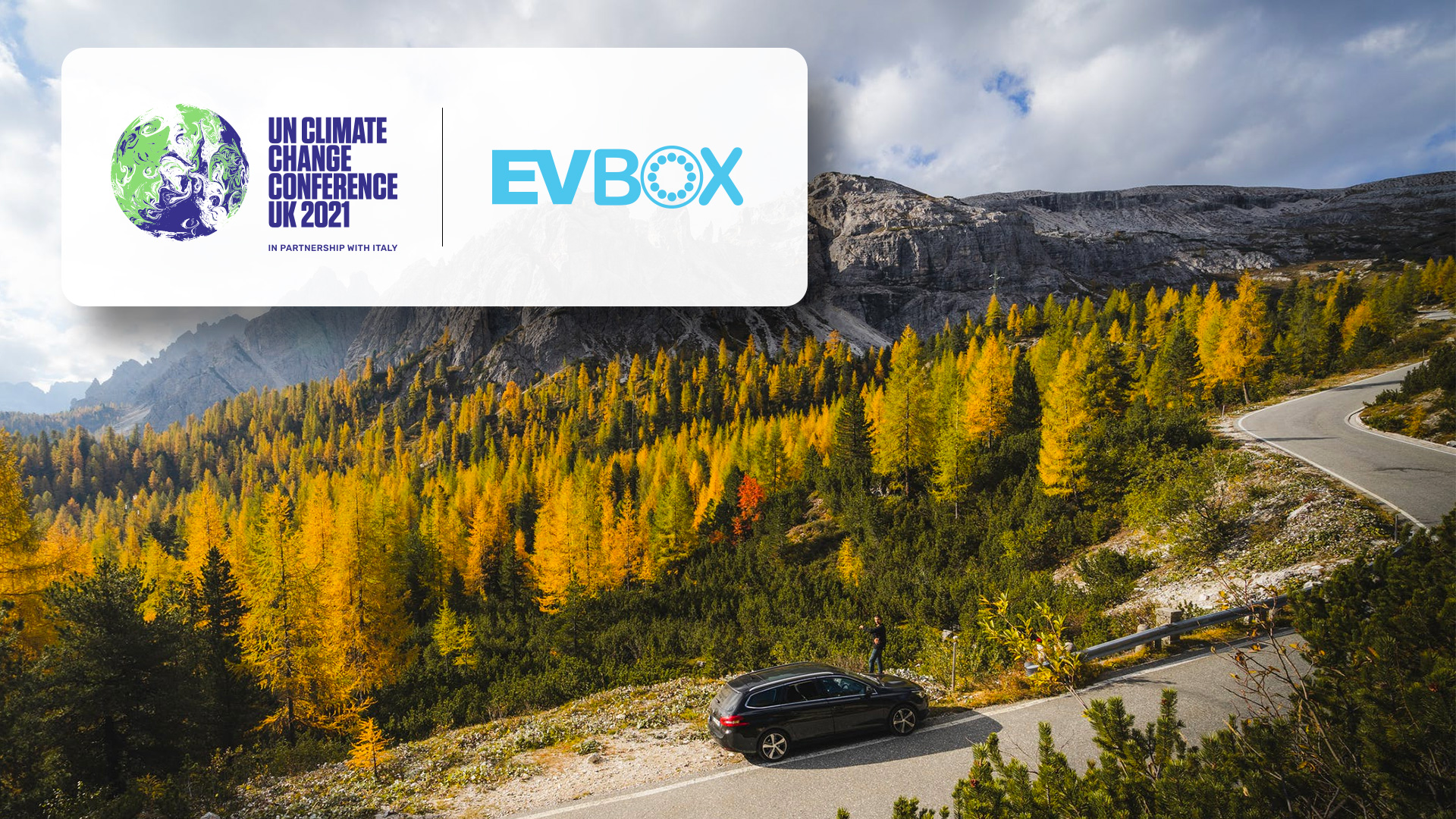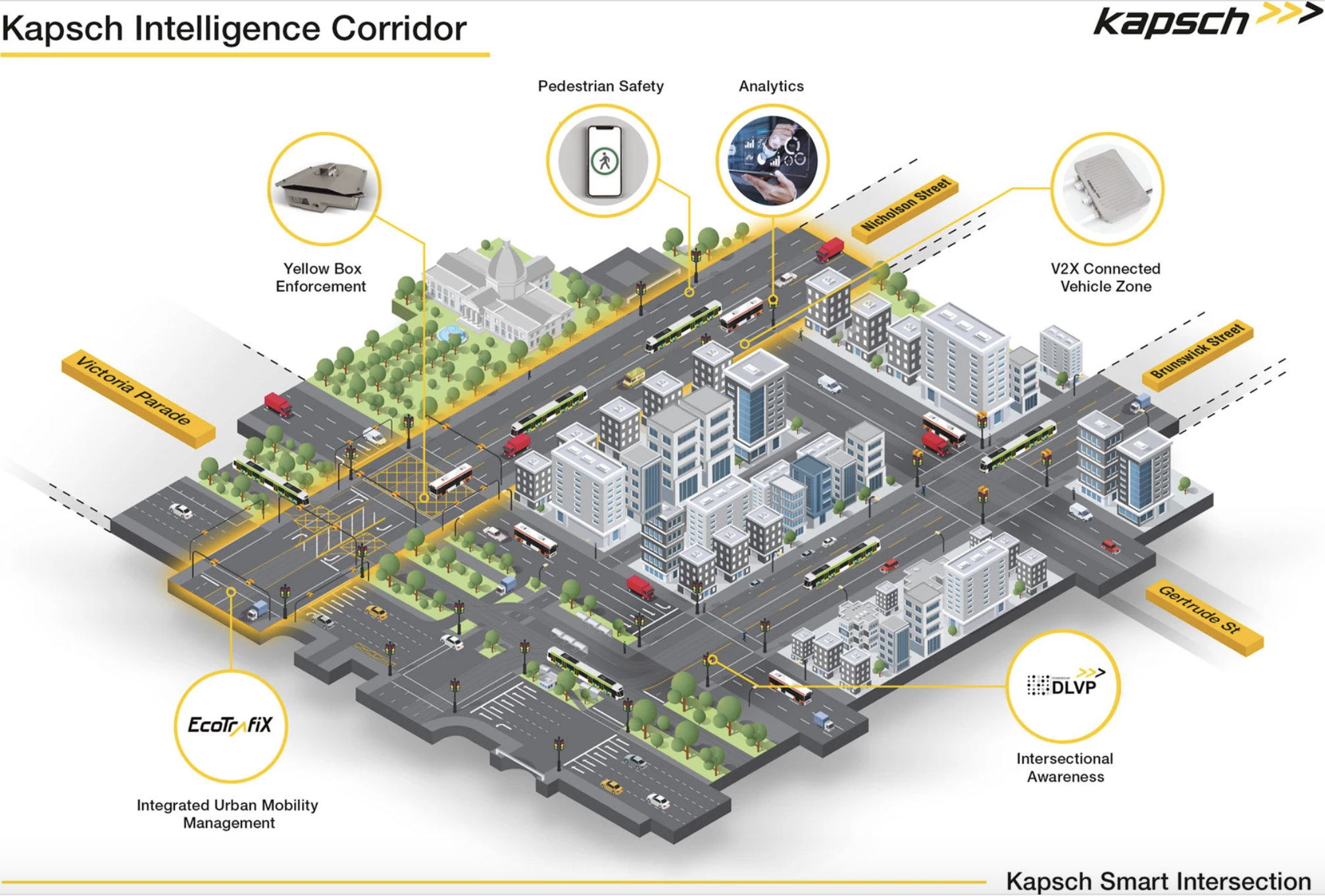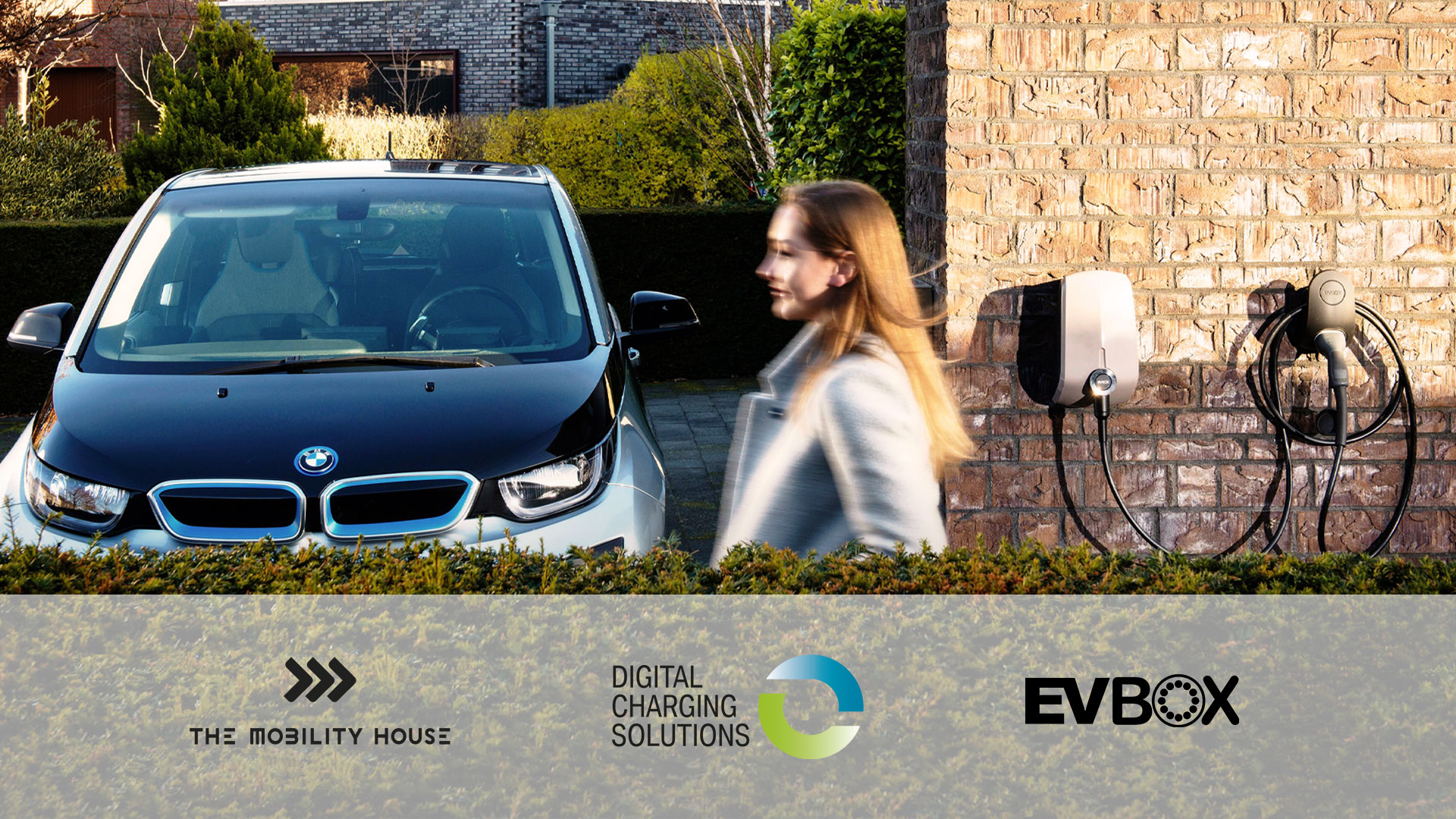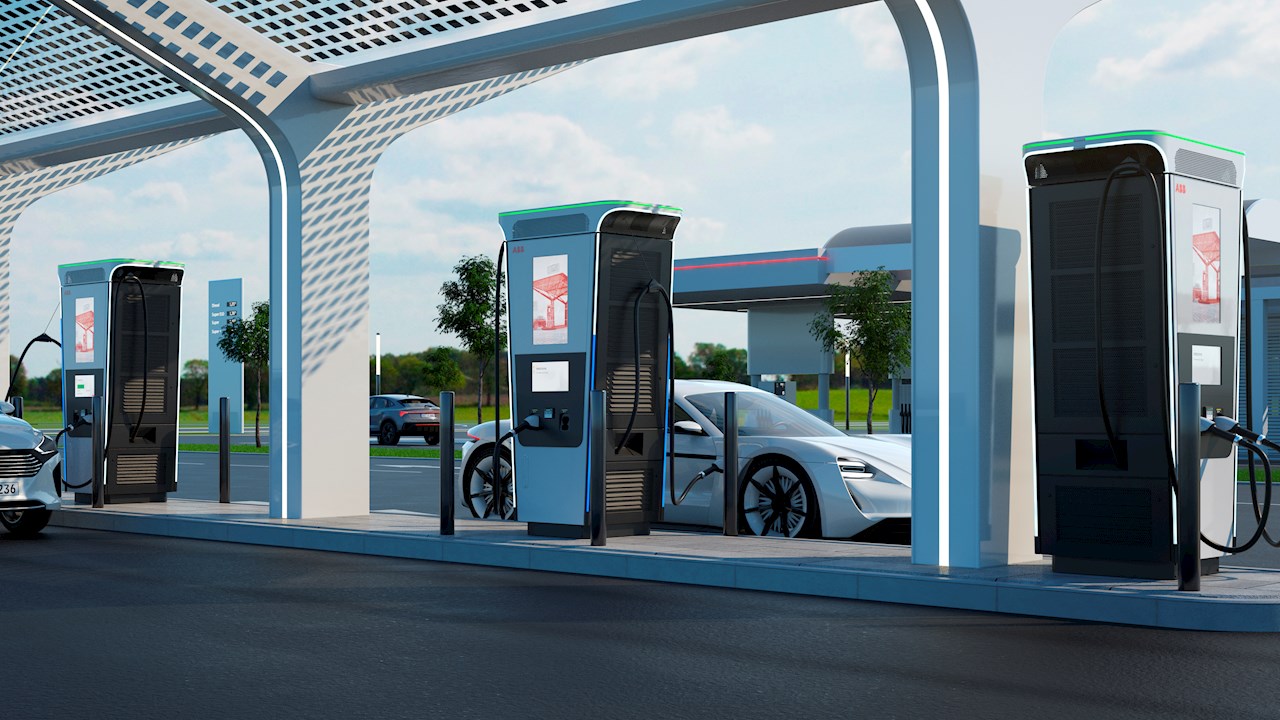Tritium Opens World-Class EV Charger Testing Facility
- Advanced testing facility is expected to enable Tritium to accelerate its time-to-market for new products.
- New facility features an electromagnetic compatibility (“EMC”) testing chamber with one of the highest power test capabilities in the world, along with other key test and certification enablers including thermal chambers for testing in extreme temperatures.
Tritium Holdings Pty Ltd (“Tritium” or the “Company”), a global developer and manufacturer of direct current (“DC”) fast charging technology for electric vehicles (“EVs”), today opened a world-class compliance testing facility at the Company’s Brisbane, Australia headquarters, now viewable through an interactive tour on the Company’s website.
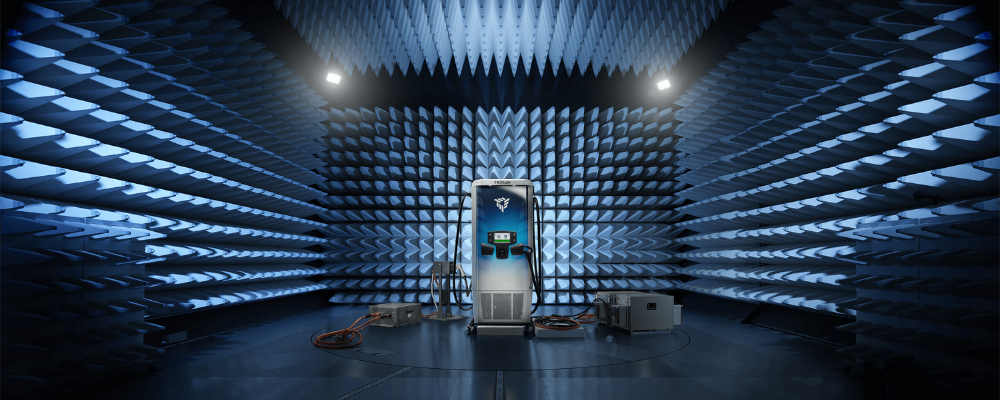
This new facility is capable of accelerating testing, prototyping, compliance and certification, allowing the Company to bring products to market in shorter timeframes, rapidly modify its products for customers and develop and certify products with greater cost efficiency.
Without the benefit of their own EMC testing facilities, many charger manufacturers and developers across the world need to test and certify their chargers in publicly-accessible EMC testing facilities with advance booking notice, for testing periods as short as 1-2 weeks. Any subsequent need for retesting often requires these manufacturers to return to the queue, which can significantly slow the process to get new charging technology to market.
Jane Hunter, Tritium CEO, said:As passenger and fleet EVs with larger battery packs come online, demand for higher-powered DC fast chargers is expected to increase. To get these chargers in the ground and installed, each new product line must pass rigorous test standards to ensure compliance with various regulations around the world. The more rapidly we can develop new products to meet the needs of this fast-evolving market and complete testing of those products for public use, the faster we can deliver chargers that meet that demand. This cutting-edge facility is expected to enable us to deliver world-leading charging infrastructure to our customers across the globe.
Facility to Test Upper Limits of Charger Power
The facility features one of the highest power commercially accessible EMC testing chambers in the world. The facility is designed to deliver up to 720kW of regenerative power from its integrated system with fully integrated AC and DC power feeds, ensuring Tritium can test devices that demand very high power levels to Federal Communications Commission (FCC) and International Electrotechnical Commission (IEC) certification requirements. The custom-designed chamber features a five-metre turntable with high-power connections, providing Tritium with the ability to test a full high-powered charging system, consisting of the charger itself and an accompanying power cabinet.
James Kennedy, Tritium Chief Technology Officer and Co-Founder, said:We now have the freedom to test a charger at a moment’s notice and for as long as we need, to ensure our chargers not only meet the thresholds required for compliance but exceed them. We believe that taking away the time constraints of a commercial facility, combined with the ability to test in one of the most powerful and advanced facilities of its kind, will enable us to rapidly create and certify market-ready products more cost-efficiently and to add features and customizations to more effectively meet the needs of our customers.
In addition, the facility houses two thermal chambers to test equipment in extreme temperatures. The first chamber is designed to test full charging systems, while the second chamber is meant to test components and charger modules. Calibrated to meet IEC and Underwriters Laboratories Inc. (UL) regulatory requirements, the thermal chamber for charging systems is expected to enable Tritium to test its products in up to 98% humidity and in temperatures ranging from -40°C (-40°F) to +70°C (+158°F), while the thermal chamber for testing modules and components is capable of producing temperatures ranging from -70°C (-94°F) to +180°C (+356°F).
The facility is also capable of IK impact testing, allowing Tritium to test and indicate the degree of protection its products’ electrical enclosures provide against external mechanical impacts.
Tritium Global Footprint Continues to Expand Along with Innovative Offerings
This verification and compliance testing facility is just the latest in a series of purpose-built facilities opened by the Company across the globe as it looks to continue to lead the way in developing DC fast charging technologies and expand its market reach.
In 2019, the Company opened its Research and Development (R&D) Centre in Brisbane, one of the largest of its kind in the world. It also opened a testing centre at its Amsterdam facility which allows EV manufacturers to test vehicles for interoperability with Tritium’s DC fast chargers. Later that year, the Company opened a new customer-focused Innovation Center in Los Angeles to allow customers to explore Tritium’s product suite and test vehicles with Tritium’s chargers. Last month, Tritium announced the opening of its first office in Singapore to allow the Company to have a local presence in the region and strengthen customer relationships in Asia.
Hunter, continued:Since the launch of the R&D Centre in 2019, Tritium has become the first to market with Plug and Charge technology, allowing the vehicle and the charger to communicate and payment to occur without the need for a credit card reader or QR Code, pioneered fast charging for mining environments with an advanced IP65 rated fast charger with best-in-class ingress protection and developed a series of modular, scalable chargers to meet the needs of charge point operators and the evolving demands of EV drivers. We will continue to invest in innovation in the DC charging space and maintain our position as a supplier of leading technology.
This article was originally published by Tritium Holdings Pty Ltd.



